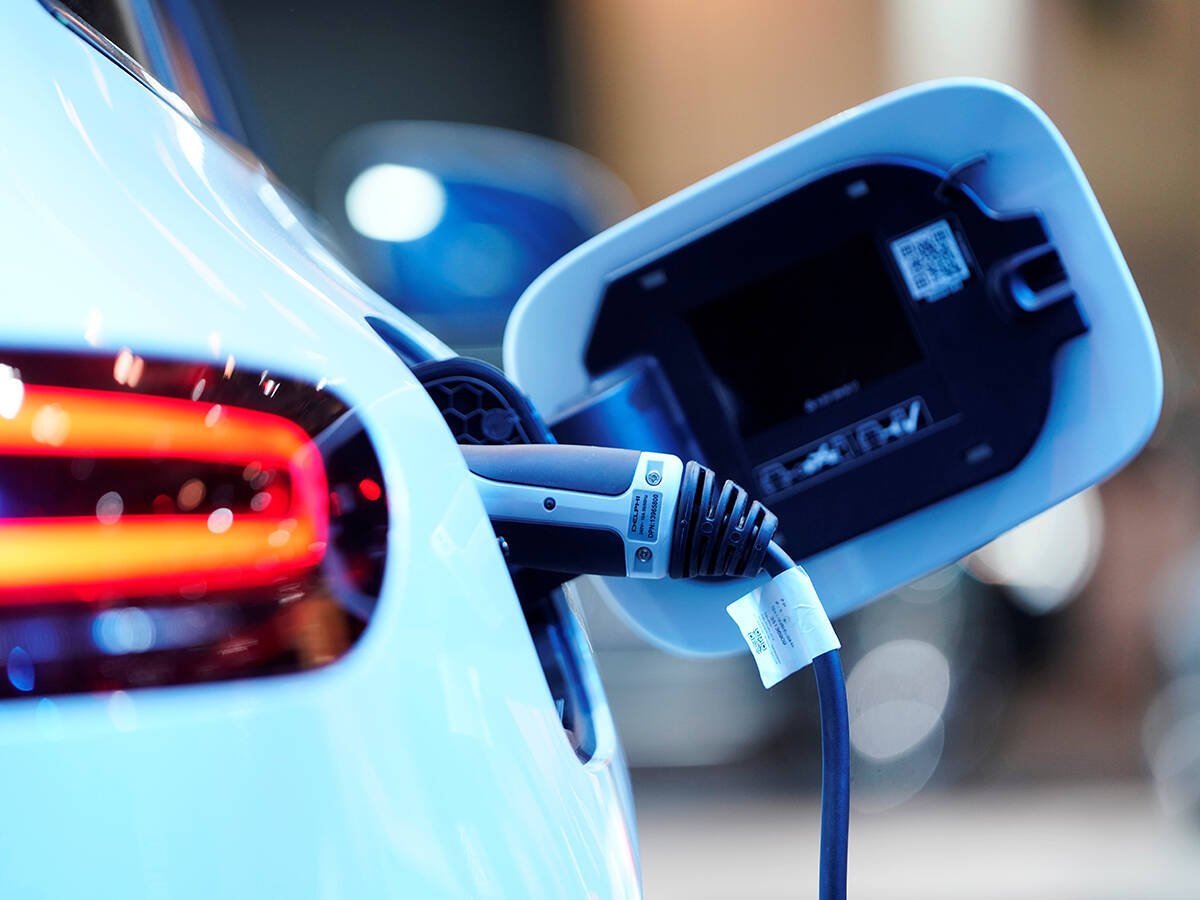There was a time when all of us had zero-energy housing and many in the developing world still do.
There they use human energy to scavenge for food and wood, a renewable energy source for heating and cooking.
When we developed the use of fossil fuels, starting with coal, we no longer were in a zero-energy situation.
Since then, we have learned to use many forms of that energy: coal, fuel oil, propane, natural gas and fossil-fuel generated electricity.
We are not going to return to hunting or gathering on a daily basis to save energy, but we could minimize our consumption of non-renewable energy if we developed zero energy building technologies as a standard building practice.
Read Also

Why feds imposed EV tariffs
Moe and Kinew have a fight on their hands when it comes to eliminating the EV tariff. Canada has to worry about pissing off the U.S. and Mexico and hundreds of thousands of auto workers.
Zero energy building is when a building produces as much energy as it uses. It is easy to accomplish in moderate climates and significantly harder in a cold northern climate.
In Canada, the concept has been modified and is called net-zero energy, which the Canadian Net-Zero Energy Home Coalition defines as “capable of producing, at minimum, an annual output of renewable energy that is equal to the total amount of its annual consumed/purchased energy from energy utilities.”
In other words, a net-zero energy building may consume more energy than it produces in winter, but it can compensate for this by producing more energy than it uses in summer.
Zero energy building is not new.
In 1979, the U.S. Department of Energy built a zero energy 5,000 sq. foot building that featured passive solar design and used a double wall system, a greenhouse and swimming pool for heat collection and storage and twin 100-foot-long tubes in the earth to enable summer cooling.
Political desire for this technology waned as fuel prices dropped and until recently there was little emphasis on such ambitious energy efficient projects.
Rising energy costs and renewed interest in energy conservation have again shone the spotlight on zeroenergy buildings.
The Canada Mortgage and Housing Corp. has offered the Equilibrium Sustainable Housing Initiative for the last two years.
It develops demonstration homes that combine resource-and energy-efficient technologies with renewable energy technologies to reduce their environmental impact.
Thirteen demonstration projects were completed, both new construction and retrofitted homes. They will help test which technologies work. Successful technologies will not be adopted immediately but might influence the construction industry and regulatory bodies.
Zero-energy will soon become the standard In some jurisdictions.
England has a target of 2016 for all new house construction to be zeroenergy, while Wales is aiming for 2012.
Most net-zero energy structures typically have common elements:
• modest in size and judicious in interior planning;
• sited to make use of southern exposures that provide passive solar capture through windows, providing heat and light;
• well insulated in cold climates, as high as R80 in walls and R100 in ceilings;
• windows have triple or quadruple glazing, filled with krypton or argon and coated to maximize solar gain and minimize heat loss;
• summer shading reduces the need for cooling;
• roofs are straightforward gable style with fewer dormers because they need to hold large active solar systems: solar thermal for domestic hot water and possibly space heating, and solar electric to provide local use and for export to the grid;
• use the latest in energy efficient appliances;
• have water efficient equipment including low-flush or composting toilets, low-flow showers and taps, and on-site water capture and storage;
• provide for natural clothes drying;
• designed to maximize heating derived directly from the sun and prevent heat loss in the non-sunlight hours;
• make use of thermal mass to absorb daytime heating for slow night-time release;
• use well-planned and advanced heating, cooling and ventilation systems, possibly using radiant floor or wall heating systems with heat derived from a solar thermal collection system;
• equipped with a substantial photovoltaic or solar electric system because electricity is the simplest way to create renewable energy in an exportable form. You would think we would all want to live in net-zero buildings, considering how comfortable and cheap they would be to operate.
However, we will not see an upsurge in the building of such structures in the short term, considering the additional costs to achieve net-zero energy status.
Still, such efficient structures are pioneering energy efficient techniques and technologies that we should be increasingly using in everyday construction.
Someday in the future you may be able to tally of all your household energy bills and come up with a great big, satisfying zero.
Will Oddie is a renewable energy, sustainable building consultant with a lifetime interest in energy conservation. To contact Oddie, send e-mail to energyfield@producer.com.
———
REGIONAL PRODUCER MEETINGS
SaskCanola invites you to attend Regional Producer Meetings to be held during February.
For registration and program information please visit: www.saskcanola.com or call toll free 1-877-241-7044
Wednesday, February 9, Melfort, 9 AM -3:30 PM Thursday, February 10, Rosetown, 9 AM -3:00 PM Tuesday, February 15, Battleford, 8 AM -5:00 PM Wednesday, February 16, Humboldt, 9 AM -3:30 PM Thursday, February 17, Estevan, 9 AM -2:30 PM














